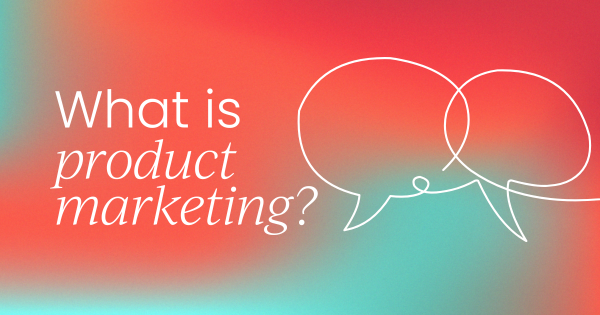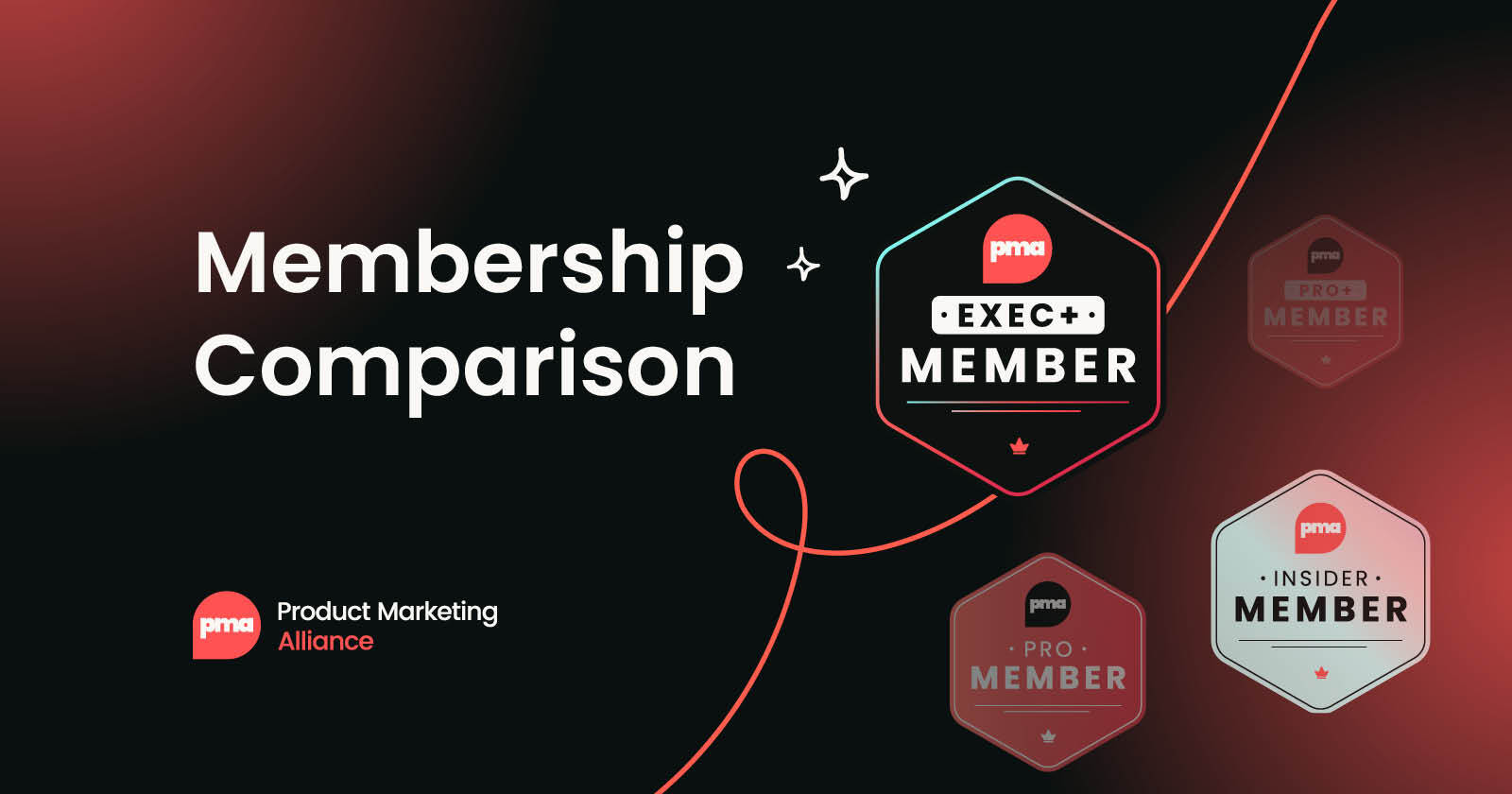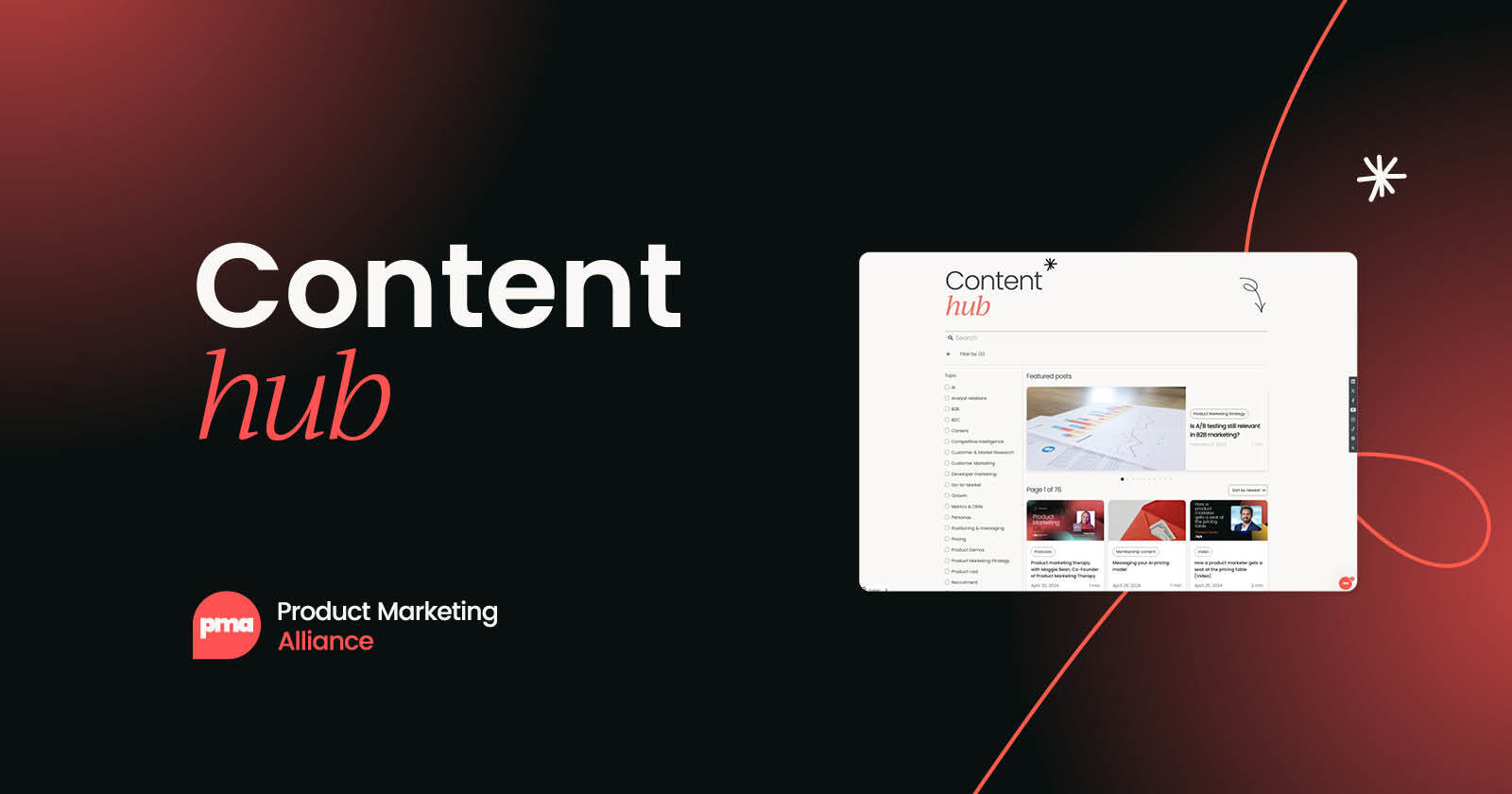SEO specialists and product marketing managers typically work separately. The SEO pros focus on rankings, backlinks, and metadata, while product marketing handles messaging, positioning, and go-to-market strategy – so their paths rarely cross.
However, in 2025, this separation could put you at a disadvantage.
Three major shifts have forced product marketers and SEO managers to work closer together:
- AI-driven discovery: Tools like ChatGPT and Gemini have transformed how users find products. It’s no longer just about showing up in search results; it’s about being surfaced in AI-powered chats.
- Content that shows real value wins: Search engines prefer pages that are detailed and helpful. That’s why product marketing content, such as comparisons, launch blog posts, and case studies, is so important for SEO improvement.
- The homepage is no longer the entry point: Buyers often land directly on bottom-funnel content. Every product page, article, and blog post needs to do two things: show up in search results and convince visitors to take action.
Nowadays, product marketing and SEO can no longer afford to work separately. The most successful teams are those that collaborate across strategy, content, and execution.
In this article, we’ll take a closer look at what works best in 2025 and what product marketers and SEO managers should focus on when working together.
AI-driven search
AI is transforming how users discover content. Search platforms provide instant summaries and answers – often without requiring a single click. Product marketers and SEO professionals must adapt by:
- Creating content that feeds AI models: AI tools learn from clear and reliable content. That’s why your product pages, blog posts, help docs, and FAQs need to be well-written, easy to understand, and kept up to date.
- Optimizing for zero-click searches: Marketers and SEO managers should work together to compile clear, short answers that respond to users’ most common questions and still motivate them to go to the website to learn more.Use schema markup to highlight definitions, FAQs, pricing, and product specs. Also, write answer-style paragraphs that AI tools can pull directly into search results.
- Building brand across touchpoints: Since clicks may decrease, brand recall and recognition must rise. Here, product marketing leads – crafting narratives that stick in users’ minds, even if their interaction is limited to a brief overview.
Search-informed messaging
Search data is no longer just about keywords – it’s about customer language, pain points, and unmet needs. Tools like Semrush, Ahrefs, and Google's Search Console have evolved into insight engines that fuel positioning documents.
For example, when launching a new feature, you can analyze:
- What phrases users search for to describe their problem
- How competitors are solving it (and what gaps they’re missing)
- What questions customers are asking on forums and Quora
This data informs everything from feature naming to headline copy, ensuring that messaging resonates and ranks.
In May 2024, they launched a programmatic SEO hub called “Color meanings”, with pages like “Red color meaning” and “Blue color meaning” that reflect exactly how users search for visual inspiration.
Within three months, the section reached 274,000 monthly visits, and it now brings in over 2.9 million per month.
Human-centric content
Product marketers are storytellers. In 2025, the stories that win are not those written for algorithms but for humans. SEO still matters, but search engines themselves now prioritize way more content that reflects human intent, emotion, and trustworthiness. That means content must:
- Showcase product impact with human use cases, not just feature lists.
- Speak the language of the user.
- Answer real questions with depth and clarity.
Product marketing is uniquely positioned to create this kind of content – and with SEO specialists involved early, these stories are optimized to be found, shared, and acted upon.
Instead of listing features or technical details, the articles share real stories from hosts – about why they started, what challenges they’ve faced, and what hosting means to them. The tone is personal and relatable, and the stories help build trust with new users.
These pages also rank well in search for terms like “how to become an Airbnb host,” showing that honest, people-first content can support SEO goals.
Funnel-driven content
Product discovery is no longer linear. Today, users can enter at any stage of the buyer journey, and content must meet their needs wherever they are.
Product marketers understand customer pain points and how to position the product at each stage of the funnel. When combined with SEO, this insight powers content that attracts, engages, and converts:
- Top-of-funnel (awareness): Search-optimized explainers, how-to guides, and trend articles.
- Mid-funnel (evaluation): Comparison pages, product guides, demos, and testimonials.
- Bottom-of-funnel (conversion): Case studies, pricing pages, product details
Product marketing and SEO teams should work together to map content to the full buyer journey – and make sure it's discoverable using the search terms people use at each stage.
And it’s not just about Google; today’s buyers discover products on platforms like YouTube, LinkedIn, Reddit, Quora, and local search engines (e.g., Baidu, Naver). Product marketers should tailor the message to each platform’s audience, while SEO managers optimize titles, descriptions, and metadata for visibility. Together, they ensure the brand is consistently positioned – and easy to find – across different channels on the web.
For example, a well-tagged comparison video on YouTube can rank highly in both YouTube and Google search. Thoughtful Quora answers, shaped by product marketing insights, can become a long-term discovery channel.
Their blog content supports this by targeting common productivity and collaboration queries, while soft CTAs guide readers toward deeper product exploration or sign-up.
This structure helps Notion capture users across the entire buyer journey – from discovery to conversion.
Video and visual content: The new SEO frontier
Search is no longer just about text. In 2025:
- People often discover products through videos.
- Visual search tools like Google Lens are becoming more popular.
- Short videos (like YouTube Shorts and Instagram Reels) now show up in search results.
That’s why SEO now includes things like video titles, transcripts, thumbnails, and captions. Product marketers help by writing strong video scripts and creating visuals that convince people to take action.
The best results come when content, SEO, and product marketers and design teams work together to make videos that are easy to find and interesting to watch.
Shared analytics: A single source of truth
In 2025, successful marketing teams are data-led and insight-aligned. Product marketers and SEO professionals must jointly monitor:
- Organic traffic growth and keyword trends
- Content engagement rates
- Assisted conversions and attribution paths
- Changes in SERP behavior (e.g., rise of featured snippets or AI overviews)
This collaborative analytics approach helps teams prioritize what to create next, spot content gaps, and learn from real audience behavior – not assumptions.
How success is measured in 2025
Classic SEO metrics like “ranking #1 for X” or “backlink count” matter less. Today’s blended SEO x product marketing teams look at:
- Organic-assisted revenue: How SEO content contributes to deal flow
- Non-branded organic growth: Are we earning visibility beyond our name?
- Conversion from informational pages: Do blog readers sign up or engage?
- Topical authority gains: Are we owning a cluster of ideas in search?
These KPIs speak both to SEO effectiveness and the strength of your positioning.
What’s next in this intersection
As AI-powered search gets smarter and people expect more, product marketing and SEO will work even more closely together. Here's what I think might come next:
- Conversational SEO: Make content match the way people talk to AI tools – more natural and question-based.
- Personalized content: Show different versions of a product or message depending on where the visitor came from or what they searched for.
- AI writing support: Use tools like ChatGPT to help write and improve content – but keep the brand voice and human touch.
- Voice and multimodal search: As users search more through voice, images, and video, SEO must adapt. Product marketers can help by tailoring messaging for spoken responses (like Alexa/Google) and ensuring branding translates across formats.
Final thoughts: A unified approach wins
In 2025, the most effective product marketing teams are deeply intertwined with SEO. They co-create content, co-review data, co-own the funnel, and co-develop strategy. This alignment is no longer a nice-to-have; it’s a must.
In the world of AI summaries, global platforms, and endless content, it’s not just about being found. It’s about being remembered.


















 Follow us on LinkedIn
Follow us on LinkedIn




.svg)
Start the conversation
Become a member of Product Marketing Alliance to start commenting.
Sign up now